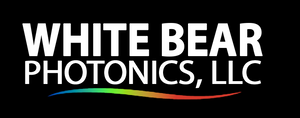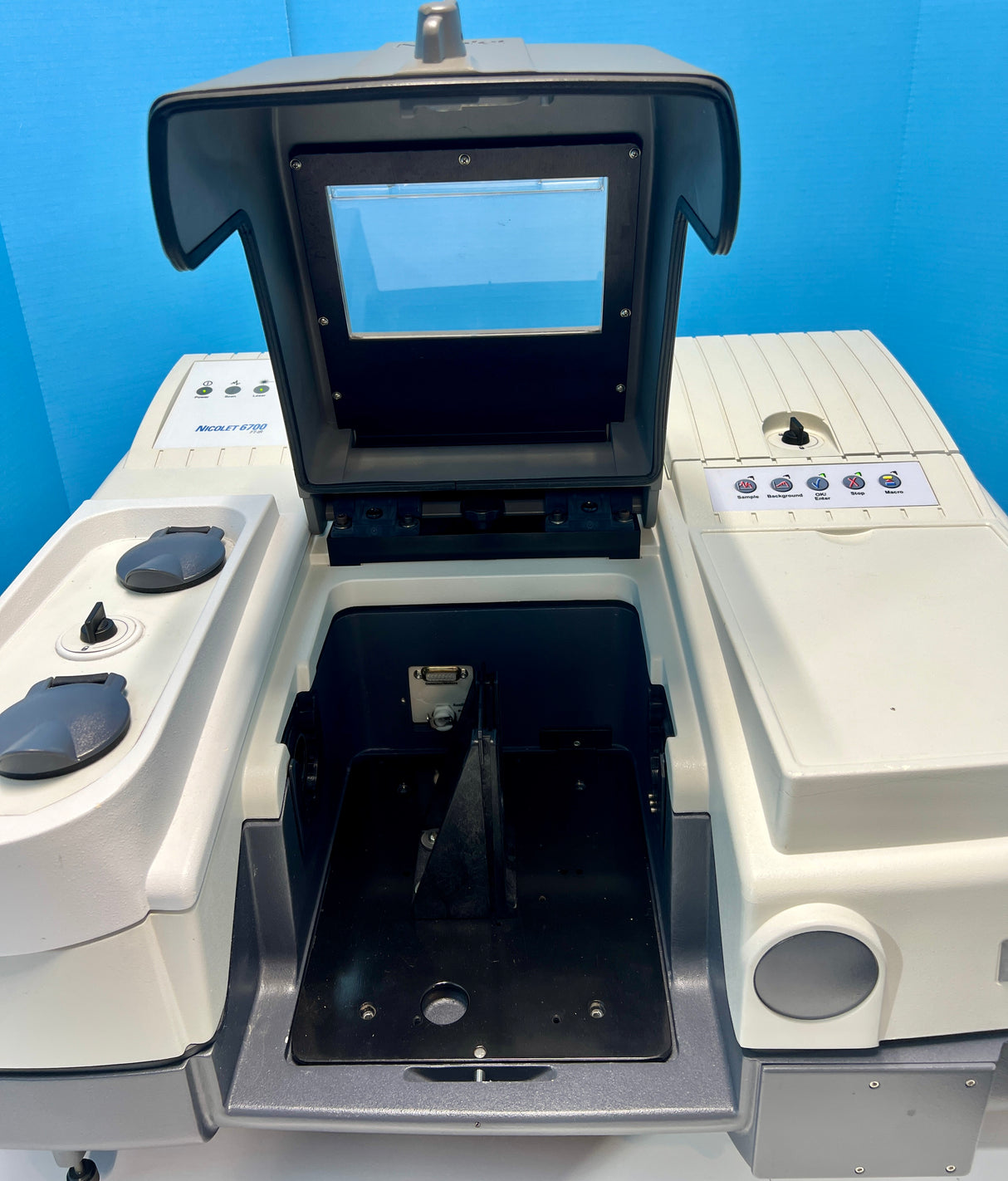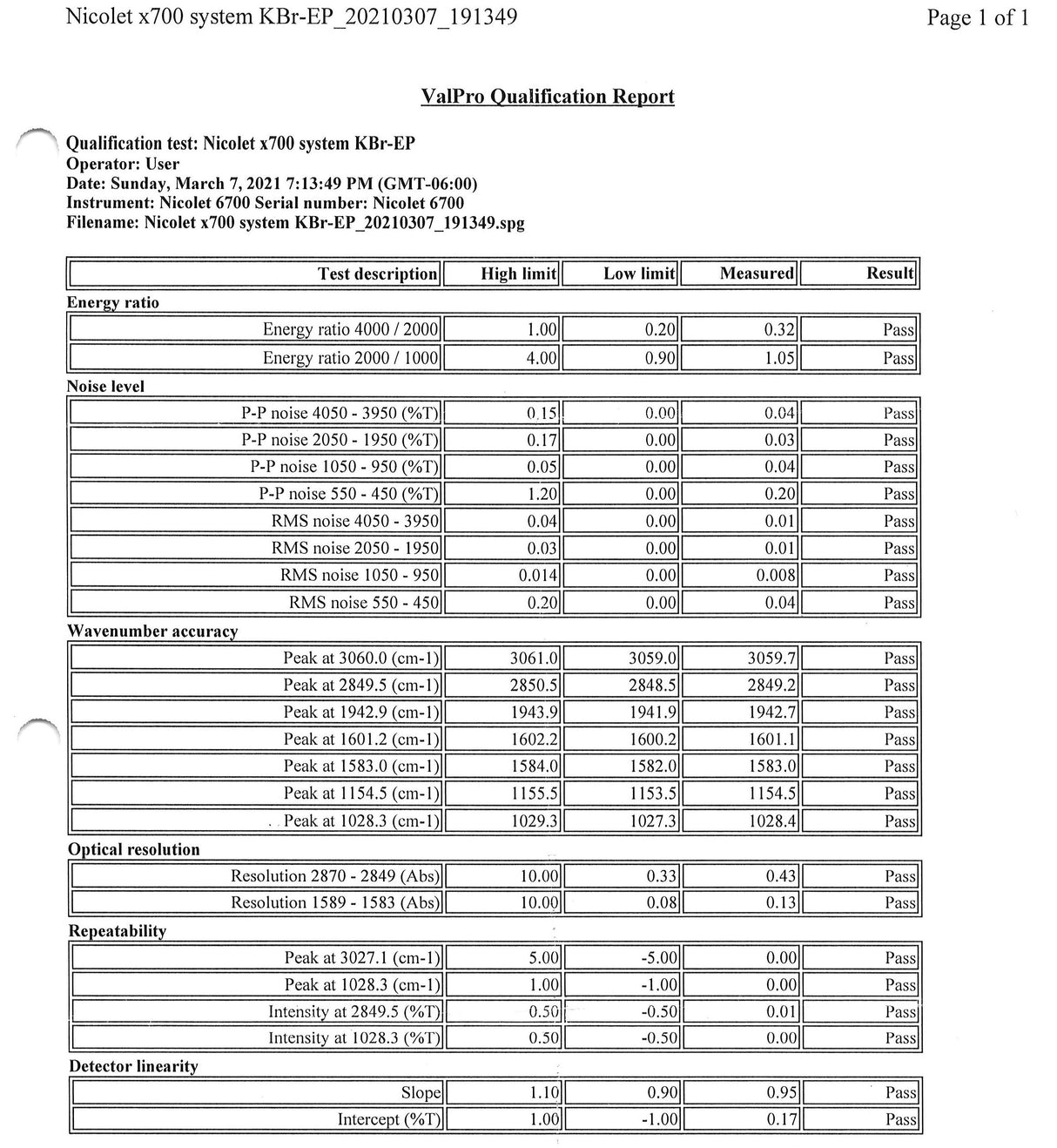Unlocking FTIR: From Fundamentals to Sample Prep
Fourier-transform infrared (FTIR) spectroscopy remains a cornerstone technique for chemists, materials scientists, polymer engineers, and anyone tasked with verifying molecular structure quickly and non-destructively. But squeezing the most information out of your instrument requires more than pressing Go. This guide walks you from the inner workings of the Michelson interferometer to pragmatic sample-prep decisions that elevate data quality. Along the way, we highlight components, crystals, windows, and desiccants available from White Bear Photonics so you can translate theory into actionable laboratory upgrades.
1. Why FTIR Still Matters in 2025
While newer hyphenated techniques keep emerging, FTIR remains the fastest way to fingerprint a material, monitor a reaction, or diagnose a process line-side. Its power stems from:
- Broad chemical coverage (4000–400 cm-1) with minimal sample prep.
- Instant digital spectral libraries for positive ID.
- Compatibility with solids, liquids, gases, thin films, and powders via multiple sampling modes.
- Quantitative capability—Beer’s Law still rules.
The trick is ensuring each component—from interferometer mirror to final desiccant—contributes to, rather than degrades, spectral clarity.
2. Michelson Interferometer Basics
2.1 The Optical Heartbeat
The Michelson interferometer divides the broadband IR beam into two perpendicular paths using a beam splitter. One beam reflects off a fixed mirror; the other, off a moving mirror mounted on a precision translation stage. When the two beams recombine, they interfere constructively and destructively as the moving mirror changes position, encoding all wavelength information into a single “time-domain” signal called an interferogram.
2.2 From Interferogram to Spectrum
Applying the Fourier transform converts the intensity vs. mirror position data into intensity vs. wavenumber. Resolution (Δν) depends on the maximum mirror displacement: double the path difference, halve the minimum resolvable line width. Routine 4 cm-1 resolution demands only a few millimeters travel, but resolving crystallinity or subtle conformers can necessitate sub-cm-1 settings and stringent mirror alignment.
2.3 IR Absorption: Why Bonds Become Reporters
Molecules absorb infrared light when the photon energy matches the energy gap between vibrational states. The probability of absorption depends on dipole moment change, giving rise to signature peaks—C=O at 1740 cm-1, O–H stretch near 3300 cm-1, and so on. Environmental effects (hydrogen bonding, crystal field, orientation) shift peak positions and intensities, making careful sample handling paramount.
3. Sampling Modes Compared
Choosing the correct sampling configuration is the fastest path to high signal-to-noise and accurate interpretation. Below is a head-to-head comparison of the three mainstream modes.
| Parameter | ATR | Transmission | Diffuse Reflectance |
|---|---|---|---|
| Depth of penetration | 0.5–5 µm (depends on crystal & angle) | Bulk through-path | ~1–30 µm (scattering dependent) |
| Sample prep | Minimal; press against crystal | Films, KBr pellets, liquid cells | Blend with matrix or neat powder |
| Ideal for | Thick or strongly absorbing samples | Quantitative analysis, trace gases | Heterogeneous solids, catalysts |
| Spectral differences | Relative intensity altered by n dependence | True absorbance per Beer’s Law | Baseline sloping; derivative effects |
| Limitations | Contact-related errors, fragile crystals | Thickness must be optimized | Complex optical modeling |
3.1 ATR (Attenuated Total Reflectance)
The go-to accessory for rapid qualitative checks. The evanescent wave penetrates only a few microns, allowing direct analysis of viscous liquids, pastes, or multi-layer laminates. Crystal choice (diamond, ZnSe, Ge) dictates chemical compatibility and penetration depth; see Section 4 for specific recommendations.
3.2 Traditional Transmission
Classic but still unmatched for quantitative work—think polymer convertors measuring additive levels or environmental labs quantifying trace solvents. Controlling path length via spacers (liquid cells) or film thickness remains the art; too thick and peaks saturate, too thin and noise dominates.
3.3 Diffuse Reflectance (DRIFTS)
When dealing with rough powders or catalysts, DRIFTS captures back-scattered radiation. Sample grinding consistency and controlled dilution with KBr or KCl matrix enhances reproducibility. Watch for particle-size–dependent scattering that skews baselines.
4. Selecting the Right Crystals, Windows & Desiccants
Accessories are not one-size-fits-all. White Bear Photonics stocks an extensive lineup of optics engineered to drop into most legacy and current FTIR brands.
4.1 ATR Crystal Decision Tree
- Diamond — Virtually indestructible, broad spectral range (4000–200 cm-1), resistant to acids/alkalis. Ideal lab workhorse but carries a price premium.
- ZnSe — Balanced cost and range (4000–500 cm-1). Susceptible to strong acids and bases; avoid high-pH aqueous samples.
- Ge — High refractive index yields shallower penetration (~0.5 µm), perfect for high-absorbing black rubbers or carbon-filled composites.
4.2 Transmission Windows & Spacers
White Bear Photonics offers sodium chloride, potassium bromide, calcium fluoride, and diamond windows pre-polished to λ/10 flatness.
- NaCl — Budget-friendly but water-soluble; store in desiccator.
- KBr — Broader range (<200 cm-1) yet hygroscopic.
- CaF2 — Water-insensitive, sacrifice far-IR (<1000 cm-1) below 900 cm-1.
- Diamond — Ultimate chemical/thermal resilience; premium pricing justified for corrosive or high-throughput environments.
4.3 Desiccants & Purge Solutions
Water vapor is the enemy of crisp mid-IR spectra (peaks near 3700, 1630 cm-1). Keep it at bay with:
- Molecular sieve cartridges — Plug-and-play replacements for most spectrometers.
- Drierite packs — Cost-effective cabinet desiccant.
- N2 purge retrofit kits — For moisture-heavy laboratories;
5. Sample Preparation: Practical Tips That Pay Dividends
You can own the fanciest optics yet still collect fuzzy spectra if sample prep slips. Incorporate these best practices:
- Cleanliness first. Residue on crystals or windows adds false peaks. Wipe with lint-free cloth plus isopropanol, then verify a flat baseline before the next sample.
- Pressure control in ATR. Use the torque-limited clamp supplied with your accessory. Over-cranking etches soft crystals, under-cranking drops S/N.
- KBr pellet finesse. Dry both powder and KBr at 105 °C for 2 h, mix 1–2 % w/w analyte, grind to <40 µm, press at ≥8 tons for glass-like transparency.
- Liquid cells. Match spacer to expected absorbance. Avoid damaging your cell by drawing fluid through the cell instead of pushing fluid into the cell.
- DRIFTS homogeneity. Blend at least 10 mg sample with 200 mg dry KBr; tumble or vibratory-mill to randomize particle orientation.
6. Spectral Artifacts & Troubleshooting Workflow
Even seasoned users misdiagnose artifacts as “weird chemistry.” Keep this decision tree by your spectrometer:
-
Baseline tilt or ripple
- Likely cause: Mismatched background/sample scan settings, dirty windows, or beam-splitter fogging.
- Fix: Re-record background with identical resolution/apodization; inspect optics. -
Water/CO2 overtones
- Cause: Purge failure, exhausted desiccant.
- Fix: Replace cartridges; verify N2 flow ≥5 L min-1. -
Fringe patterns (etalon)
- Cause: Parallel surfaces (windows, films) creating multiple reflections.
- Fix: Tilt sample slightly or apply anti-reflective coating. -
Saturated peaks (“tops chopped”)
- Cause: Path length too long or concentration too high.
- Fix: Dilute, thin film, or increase crystal refractive index. -
Noise spikes
- Cause: Electrical interference, loose detector cable.
- Fix: Secure connections; route power cables away from RF sources.
7. Daily FTIR Maintenance Checklist (5-Minute Routine)
Consistency is king. Tape this checklist near your instrument:
- Verify desiccant color indicator; replace if >50 % saturated.
- Run an air blank at 4 cm-1; compare water/CO2 peaks to logged baseline.
- Wipe ATR crystal or windows with compatible solvent and Kimwipe.
- Check torque/pressure screw mobility; lubricate monthly.
- Inspect purge tubing for kinks; confirm flow meter reading.
- Back up spectral library and instrument parameters.
Total time: ~5 minutes. The payoff is hours saved chasing artifacts later.
8. Bringing It All Together
Understanding the Michelson interferometer gives you the confidence to tweak resolution; mastering sampling modes lets you pick ATR over transmission without hesitation; and disciplined maintenance ensures your spectra are presentation-ready every day. Whether you need a replacement laser, a new IR source, or a new accessory, White Bear Photonics has vetted, lab-grade components ready for next-day shipment. We have also compiled a number of instrument repair guides to help you. Integrate the tips above, and your FTIR will transform from a black-box instrument into a productivity powerhouse—unlocking actionable insights with every scan.
Need help choosing an accessory? Chat with a White Bear Photonics applications engineer or browse our online catalog: https://whitebearphotonics.com/






